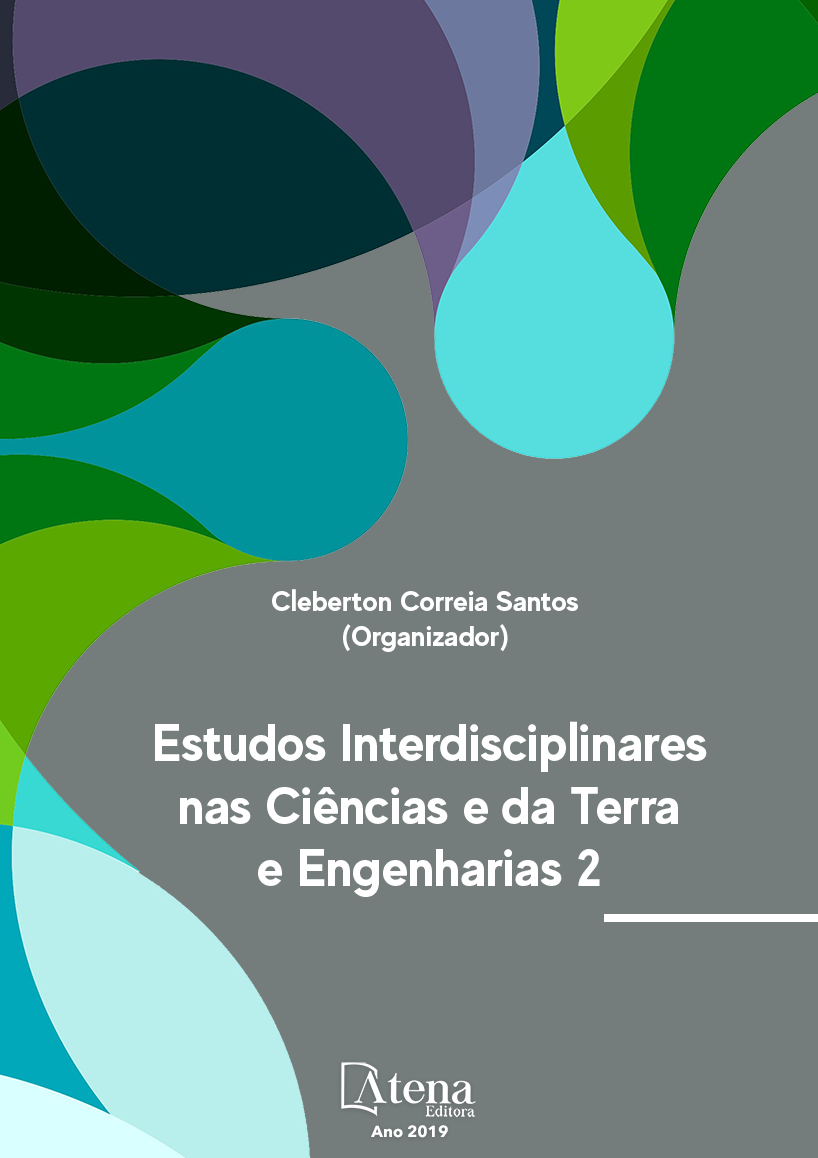
METODOLOGIA DE PURIFICAÇÃO DA GLICERINA GERADA COMO COPRODUTO NA PRODUÇÃO DE BIODIESEL
Os biocombustíveis oriundos da
biomassa há algum tempo vem atingindo
um papel de destaque na matriz energética
mundial, principalmente por diminuir a
dependência de combustíveis fósseis. Entre
eles, destaca-se o biodiesel, proveniente
da reação de transesterificação de um óleo
vegetal ou animal com um álcool produzindo
ésteres alquílicos e a glicerina como coproduto.
A crescente valorização do biodiesel aumentou
a produção de glicerina. O grande obstáculo
da utilização desta glicerina é a pureza. Neste
trabalho a glicerina bruta foi obtida através da
reação entre o óleo de soja refinado com o
metanol usando hidróxido de potássio como
catalisador. A glicerina bruta apresentou um
baixo teor de glicerol (55%). Com o processo
de purificação usando uma relação molar 1:1
de ácido fosfórico/catalisador residual obtevese
uma glicerina ácida com 59% de glicerol. O
processo de neutralização da glicerina ácida foi
mais eficiente com 5% Na2CO3 por 1 h a 75oC,
gerando uma glicerina com teor de glicerol
de 65% e sem acidez. As purificações com
materiais adsorventes mostraram que o carvão
ativado é mais eficiente. O maior teor de glicerol
obtido foi de 98% através da dupla purificação
da glicerina neutralizada, usando 1% de carvão
ativado por 3 horas a 80oC. Na purificação
simples o teor de glicerol já era de 96%. Dentre
os processos de destilação, observou-se que
a destilação fracionada (99% de glicerol) foi
mais eficiente que a destilação simples e foi um
pouco mais eficiente também, que o processo
de purificação como o carvão ativado.
METODOLOGIA DE PURIFICAÇÃO DA GLICERINA GERADA COMO COPRODUTO NA PRODUÇÃO DE BIODIESEL
-
DOI: 10.22533/at.ed.648191030929
-
Palavras-chave: Glicerina. Glicerol. Biodiesel. Hidrólise Ácida. Carvão ativado.
-
Keywords: Glycerin. Glycerol. Biodiesel. Acid Hidrolysis. Activated charcoal
-
Abstract:
Biofuels of biomass have for some time been playing a prominent role
in the world’s energy matrix, mainly by reducing dependence on fossil fuels. Among
them, it stands out the biodiesel from the transesterification reaction of a vegetable
or animal oil with an alcohol producing alkyl esters and glycerin as a co-product. The
growing appreciation of biodiesel increased the production of glycerin. The major
obstacle to the use of this glycerin is its purity. In this work the crude glycerin was
obtained by reacting the refined soybean oil with methanol using potassium hydroxide
as the catalyst. Crude glycerol had a low glycerol content (55%). Purification using
a 1:1 molar ratio of phosphoric acid/residual catalyst yielded an acidic glycerin with
59% glycerol. The acid glycerin neutralization process was more efficient with 5%
Na2CO3 for 1 h at 75 °C, generating a glycerin with a glycerol content of 65% and no
acidity. Purifications with adsorbent materials showed that coal is more efficient. The
highest glycerol content obtained was 98% by the double purification of the neutralized
glycerin, using 1% activated charcoal for 3 hours at 80 ° C. In simple purification the
glycerol content was already 96%. Among the distillation processes, it was observed
that the fractional distillation was more efficient than the simple distillation and was a
little more efficient than the purification process as the activated charcoal because it
had a glycerol content of 99%.
-
Número de páginas: 15
- Elise Ane Maluf Rios
- Fernanda Joppert Carvalho de Souza
- Renan Vidal Viesser
- Patrick Rodrigues Batista
- Paulo Roberto de Oliveira


